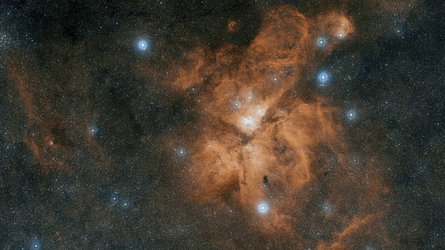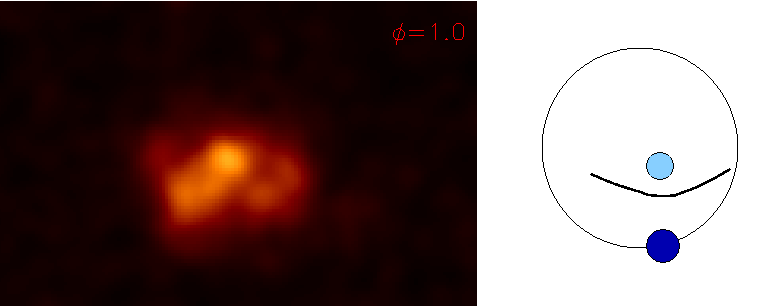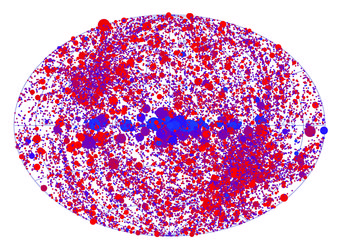

Stellar wind evolution
The evolution of stellar winds in the binary star system HD 5980 as observed by ESA’s XMM-Newton between 2000 and 2016.
Consisting of two huge stars each 60 times the mass of our Sun, HD 5980 was reported as the first stellar system with colliding winds to be discovered beyond our Milky Way galaxy in 2007. It is located in the Small Magellanic Cloud.
The XMM-Newton data collected between 2000 and 2005 show a bright and energetic X-ray source, with variations characteristic of an ongoing interaction between the winds blown by the two stars.
The system was expected to gently fade out over the years, but further observations performed with XMM-Newton in 2016 revealed the opposite: the system was two and a half times brighter than it had appeared a decade earlier, and its X-ray emission had shifted to higher energies.
These surprising observations seem to indicate that shocks ensued from colliding stellar winds work in a counter-intuitive way, demonstrating a theoretical study that hypothesised such a scenario, published by Nathaniel D. Kee and collaborators in 2014.
Full story: Stellar winds behaving unexpectedly





